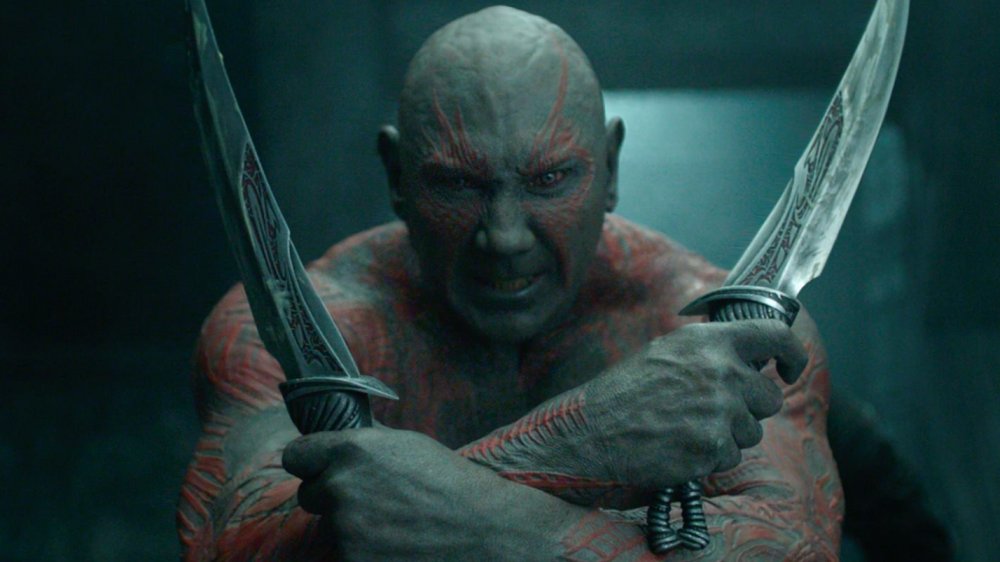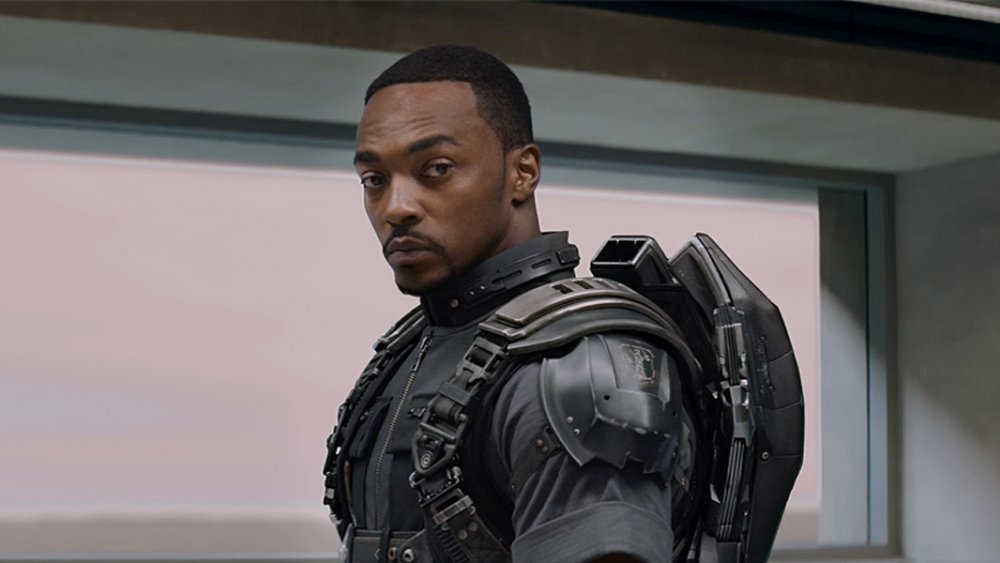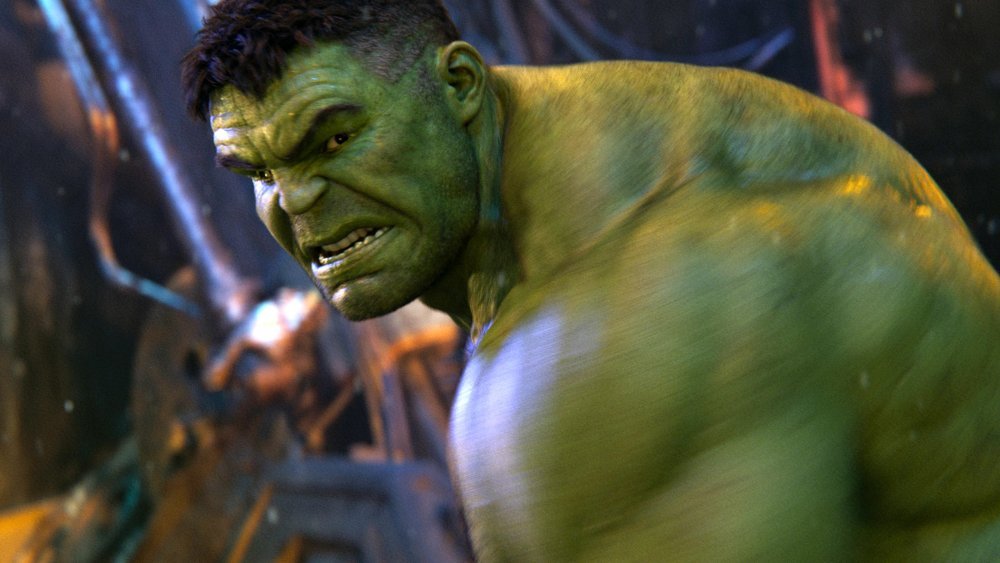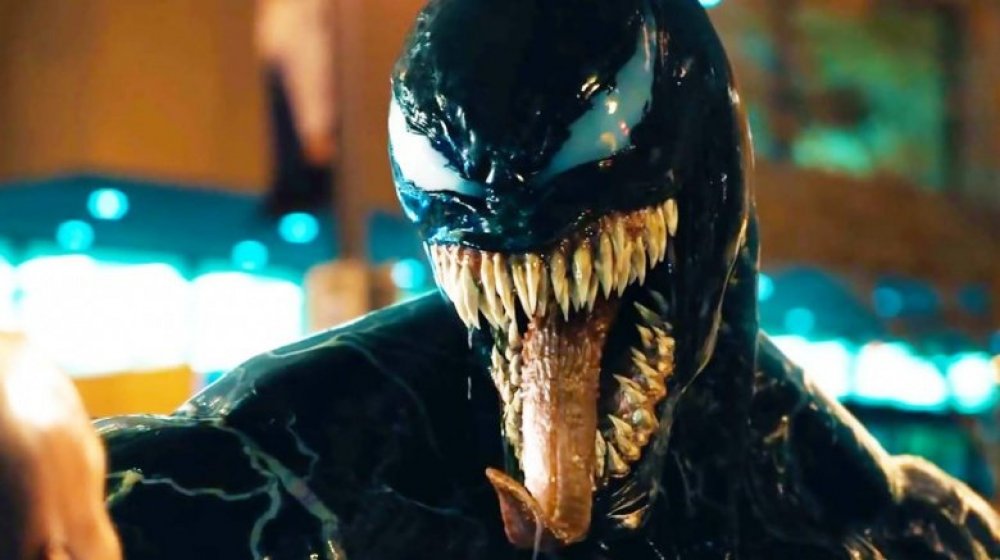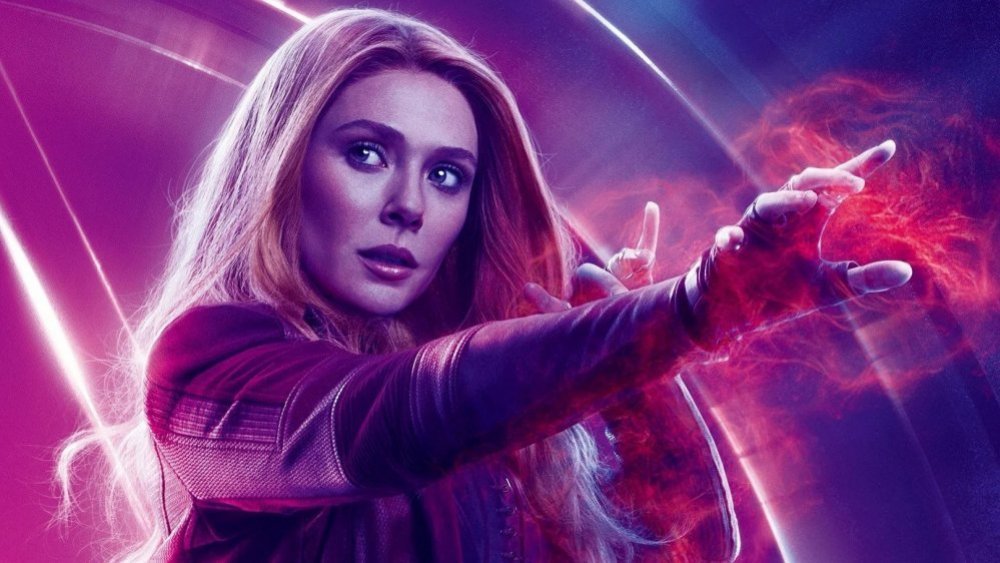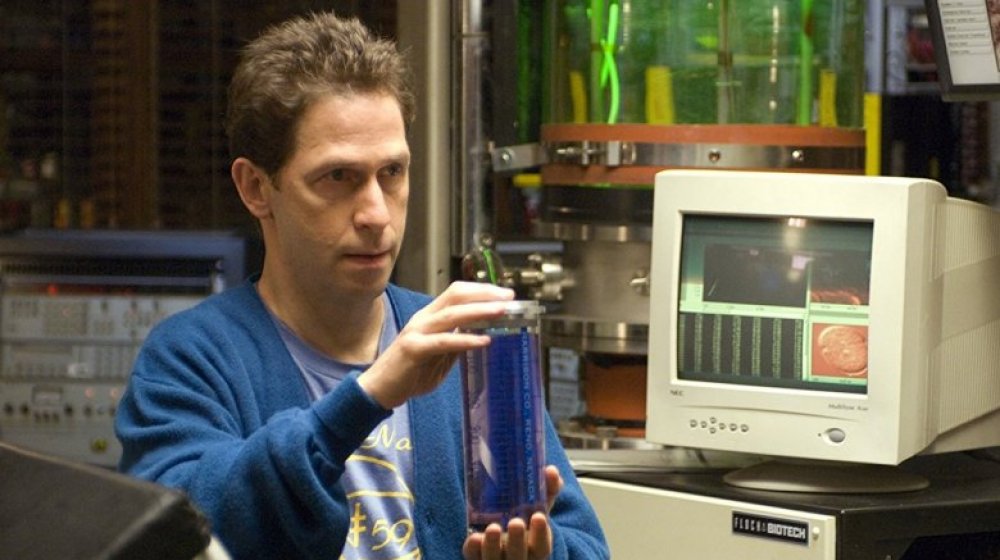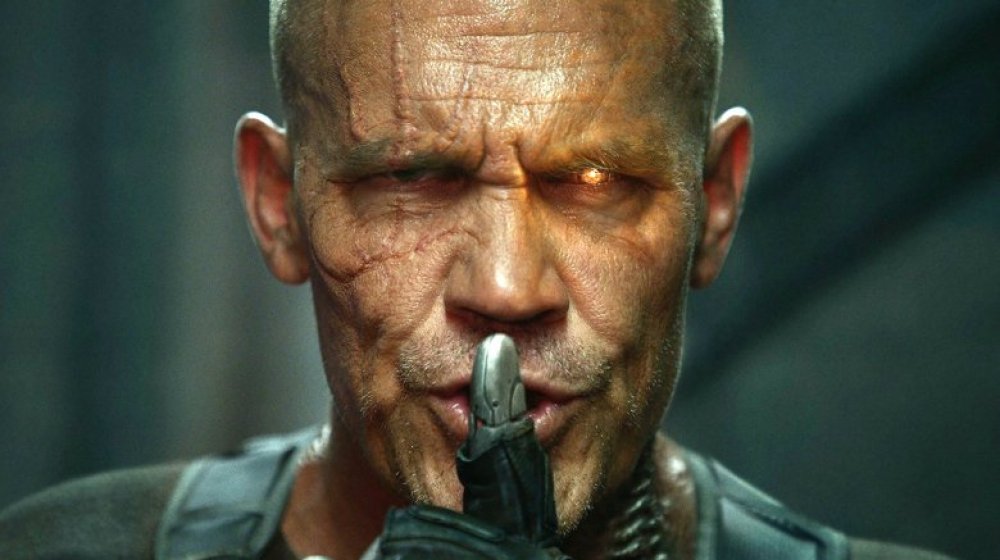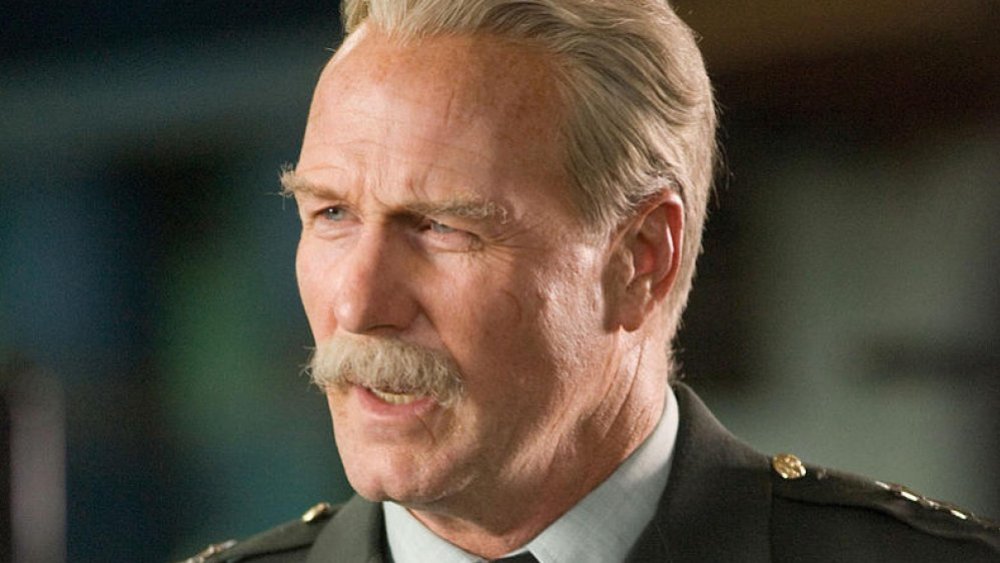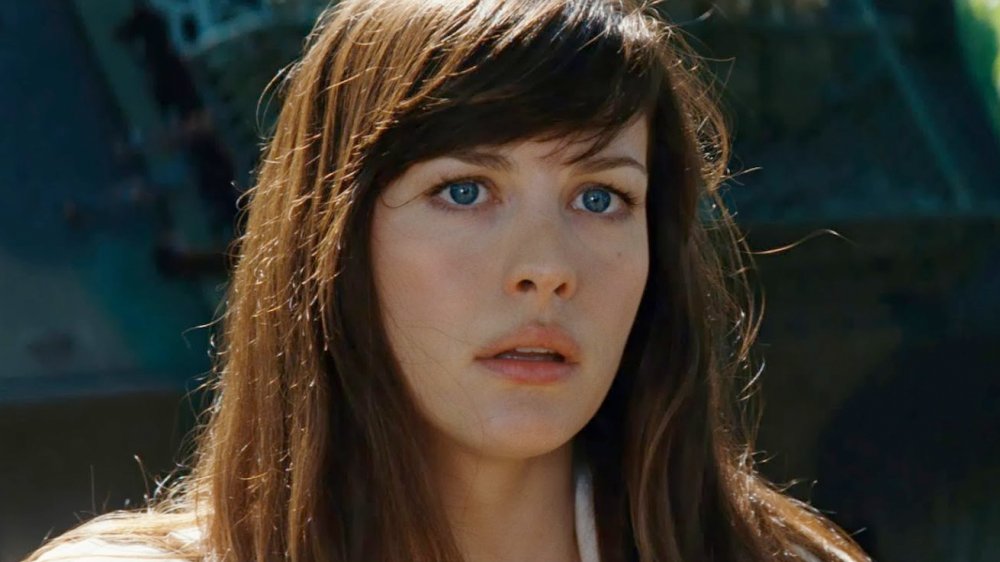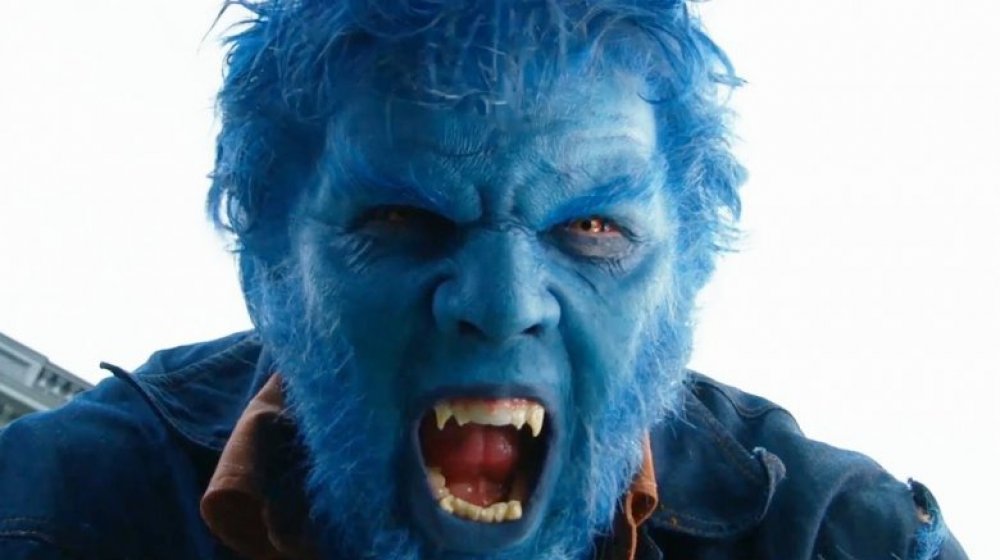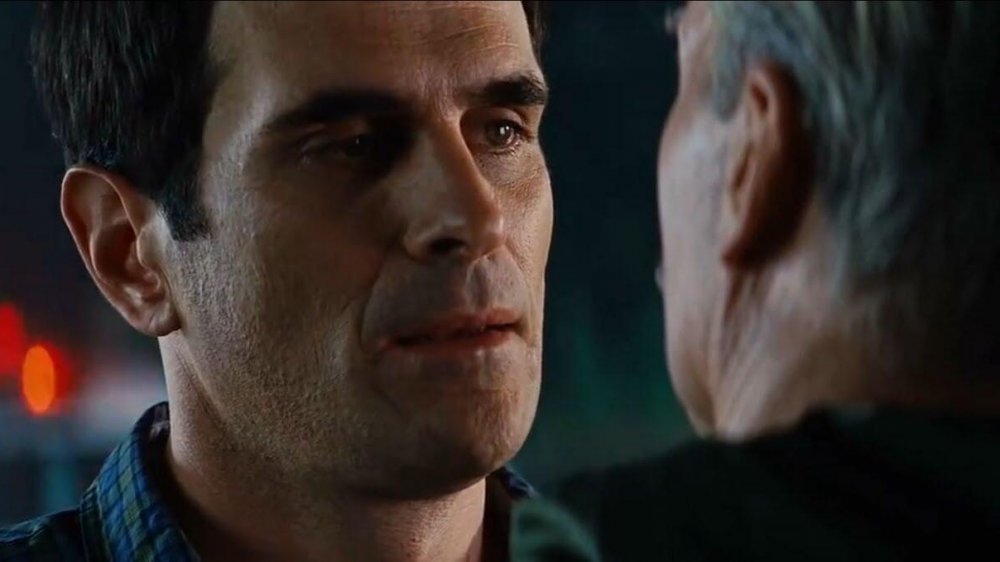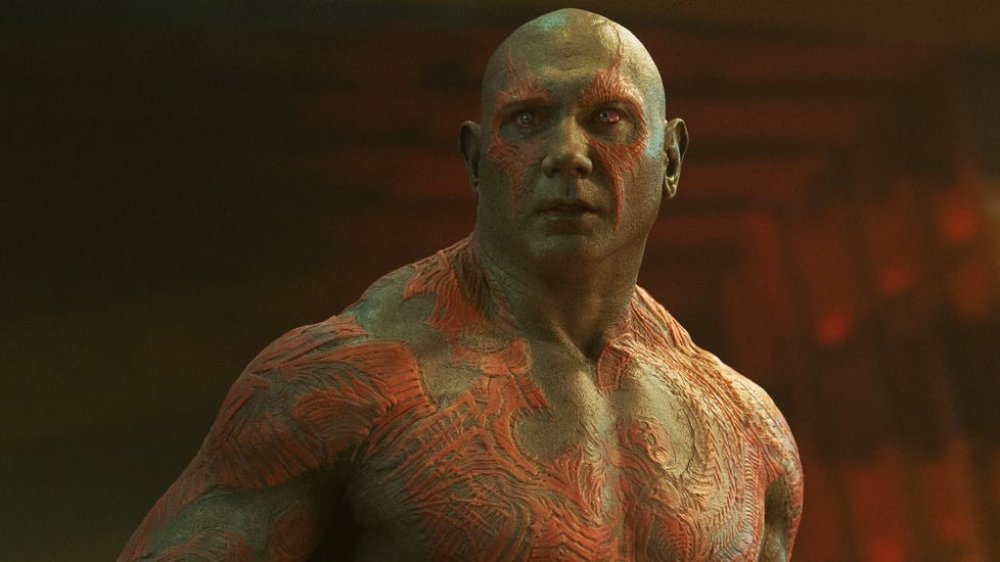Marvel Movie Characters Who Have Powers You Don't Know About
Between the comic book panels and the big screen, things change. In Sam Raimi's Spider-Man trilogy, for example, Peter Parker's super powers include the ability to shoot webs, while in the comics the webshooters are Parker's own mechanical invention. In the Marvel Cinematic Universe, Quicksilver and Scarlet Witch get their powers from Hydra's experiments with the Mind Stone, but in the comics, the pair are mutants who are born with their abilities.
This kind of change is inevitable from comics to screen, and it happens for different reasons. Sometimes there are legal reasons, sometimes there isn't enough time to tell the story of the comics, and other times the filmmakers change things because they feel it will help the movie. And die-hard fans of the source material can get understandably frustrated with the changes, particularly when their favorite heroes aren't shown to be as powerful as they are in the comics.
It may surprise you to know not only how much more powerful some of Marvel's most popular heroes are in the comics, but how many have abilities that are much different from what you see in the films. In fact, there are plenty of characters who don't have any powers in the movies at all, but they've been outright superheroes and supervillains in the comics. To learn more, keep reading about Marvel movie characters who have powers you don't know about.
The Falcon has the power to communicate with his flock
While he's a formidable hero in the MCU, in the movies, Falcon doesn't have any bona fide super powers. However, the comics give us a Sam Wilson with much more versatile abilities.
In the beginning of 2016's Captain America: Civil War, we meet Redwing, a flying drone that Falcon uses against Crossbone's terrorists and later in the fight against the pro-Accords heroes. In the comics, however, Redwing is an actual hawk with whom Sam Wilson shares a telepathic bond. Without saying a word to the hawk, Sam can communicate with Redwing, give him commands, and see through his eyes. And not only does Wilson have powers, but for a time, the Falcon believes he's really a mutant. The reveal comes in the 1983-84 Falcon mini-series when Wilson becomes a target of the mutant-hunting Sentinel robots. This was retconned, however, before Falcon could join any X-teams.
In 2003's Avengers #64, we learn that while Falcon isn't a mutant, he's more powerful than ever. Initially believing his telepathic bond only worked between himself and Redwing, Falcon learns his abilities can work on any bird, as well as whole flocks of birds simultaneously. He uses his new avian network to spy on the untrustworthy government agent Henry Gyrich.
The Hulk can't die
Both the comics and the films show us an Incredible Hulk who's tough to kill, but in 2018, the job of Hulk's enemies got that much tougher.
In Avengers #684, the Hulk is brought back from the dead. He'd been put in the grave two years previous by Hawkeye in Civil War II #3. As part of the story of his resurrection, we learn the Hulk can't be killed or, at least, not for good. Reaching far back into comics of the past, the writers show us multiple times the Hulk died only to soon return, often with little or no explanation. The story then leads directly into the series Immortal Hulk, in which readers get plenty of chances — sometimes more than once in the same issue — to watch both Bruce Banner and his green alter ego get killed only to return within hours.
Ironically, we've seen just a little bit of this reflected in the films, but it was before the Hulk's immortal status was established in the comics. In the final battle of 2017's Thor: Ragnarok, Bruce Banner leaps from the Grandmaster's spaceship to the Bifrost, apparently expecting to transform into the Hulk before he lands, much like he does before his battle with Abomination in 2008's The Incredible Hulk. Instead, Banner hits the rainbow bridge and looks like he actually might be dead ... but moments later, the Hulk emerges.
Movie fans don't know about Venom's true powers
Eddie Brock and his alien symbiote showed no shortage of power in 2018's Venom, though we only get the chance to see a few of this antihero's long list of powers in the film. In the comics, however, that's a totally different story.
For one, Venom has the ability to mimic the super powers of any enhanced humans he bonds with, which is why in the comics — years after the symbiote was separated from Peter Parker — Venom still mimics some of Spider-Man's abilities like wall-crawling and web-shooting. And while bonded with the symbiote, Eddie can make himself appear to be wearing any clothing he chooses and can even disguise himself as other people. The symbiote can also be used to store inanimate objects without revealing any bulges or outlines of the objects in its outward appearance.
While Venom shows the symbiote can heal its human host, when Peter Parker's former bully, Flash Thompson, takes on the symbiote in the comics, it proves able to do something even more extraordinary. See, Thompson lost his legs as the result of wounds he suffered during the Iraq War. But after Thompson bonds with Venom, the symbiote grows legs whenever Thompson uses its powers, giving the veteran the chance to walk whenever he wishes.
Scarlet Witch is one of the strongest characters in all of Marvel
In 2015's Avengers: Age of Ultron, we learn the MCU's version of the Scarlet Witch has powers like telekinesis and telepathy, stuff usually associated with psychic superheroes and villains. But in the comics, Scarlet Witch's abilities are much more complex and staggeringly powerful.
In the source material, Wanda uses chaos magic to warp reality. On a smaller scale, she might do something like causing pipes to burst from the ground to douse a fire. Or if a super strong villain lifted a car over their head, Wanda could cause the car to explode before the bad guy could hurl it.
But on a larger scale, Scarlet Witch's powers can have literally world-changing consequences. On multiple occasions, for example, she has brought the dead back to life. In the 2004 event Avengers Disassembled, she generates whole armies of enemies like Ultron robots and Kree warriors to attack the Avengers. In the following year's House of M, she changes the face of the world, including making mutants — under her father Magneto's leadership — the dominant world power. But then, toward the end of the event, by simply saying, "No more mutants," she takes away the powers of almost all the mutants on Earth. Only the intervention of Doctor Strange saves 188 of the mutants from losing their abilities.
Samuel Sterns is actually the Leader
The seeds have been planted for Samuel Sterns to one day show us his powers on the big screen, but so far, it hasn't happened. In The Incredible Hulk, Bruce Banner and Betty Ross go to scientist Samuel Sterns for help in finding a cure for Banner's Hulking out. After Banner is captured by the military, Emil Blonsky forces Sterns to inject him with Banner's blood, turning him into the Abomination. The last time we see Sterns, the Abomination knocks him to the ground, and Banner's blood begins dripping into an open wound on the scientist's head ... and suddenly, his skin starts bubbling.
So what's all that about? Well, in the comics, Samuel Sterns is the Hulk's arch-nemesis, the Leader. When he first appears in the comics, he's the polar opposite of Banner. Rather than a brainy scientist turned into a super strong monster by gamma rays, he's a high school dropout made super smart but the same radiation. Sometimes shown to have a large cone-shaped head and other times appearing to have a massive brain pushing out of his skull like the aliens from Mars Attacks!, the Leader enjoys beyond genius intelligence and a host of psychic powers. He's been shown to move things with telekinesis, and he can also take over people's minds and have them do his bidding. The only limitation to his mental control over others is that it doesn't work on other gamma-irradiated people like the Hulk.
Cable is one of Marvel's most dangerous characters
The time-traveling hero Cable makes his live action appearance in 2018's Deadpool 2. His clashes with the Merc with a Mouth and his new ally Domino make it clear that Cable isn't one to be trifled with, but the movie doesn't even come close to showing us most of the things he's capable of.
If you went into Deadpool 2 without knowing anything about the character, you might be left with the impression that his cyborg parts are the source of all of his abilities. So let's start there. One thing that's never made clear in the film is that Cable's mechanical parts aren't cybernetic enhancements — they're the result of a techno-organic virus. Cable needs to consciously fight the virus so it doesn't consume his entire body.
On top of that, Cable is a powerful, omega-level mutant with a variety of psychic abilities. He can read minds, create illusions, assault enemies with powerful psychic blasts, and even receive precognitive visions of possible futures. He also boasts potent telekinetic abilities, such as creating shields with his mind and moving objects. The latter power is the only one of his mental abilities that might be shown in Deadpool 2. When Cable busts into the Ice Box prison, at one point we see him summon one of his guns into his hand, but considering his powers are never mentioned, it winds up looking like he's using some kind of futuristic magnetic device to call it back rather than telekinesis.
Thunderbolt Ross becomes just as deadly as the Hulk
One of the few actors from The Incredible Hulk to regularly show up in the MCU is William Hurt as Thunderbolt Ross. He's one of the Hulk's oldest enemies, and in the comics, he eventually becomes proof of the old warning about not allowing yourself to become a monster in order to fight monsters. In 2008's Hulk #1, a new, red-skinned Hulk who appears to be much more powerful than the original shows up to wreak havoc. We eventually learn this monster is the old general himself, and as it turns out, Ross got the powers from a group calling itself the Intelligencia, comprised of brainy Marvel villains like M.O.D.O.K., the Red Ghost, and the Mad Thinker.
Red Hulk has abilities comparable to that of the original with one major difference — he can absorb energy to keep making himself stronger. This added advantage makes him capable of beating the heck out of original Hulk, Iron Man, and Thor among others.
After eventually being defeated by the original Hulk, the Red Hulk becomes something of a hero, and he's welcomed into the ranks of the Avengers. After the events of the 2012 line-wide event Avengers Vs. X-Men, Ross forms his own version of the Thunderbolts as a means of fighting injustice without the legal and moral constraints of the Avengers.
Betty Ross has some incredibly strange powers
In her earliest comic book appearances, Betty Ross is usually little more than Bruce Banner's love interest and the proverbial damsel in distress. But being a part of the Hulk's life has caused a number of transformations for Betty, some of which have made her physically powerful enough to handle the green Goliath one-on-one.
In 1973's Incredible Hulk #168-169, Betty is brainwashed by the villain M.O.D.O.K. and transformed into the Harpy — a gamma-irradiated, flying creature with claws, super strength, and the ability to fire energy blasts from her hands. While her tenure as the avian monster is brief, she proves powerful enough to KO the Hulk twice in that time.
For a much longer stretch, Betty rages as the Red She-Hulk. This goes down when M.O.D.O.K. and the Leader revive her from death and give her similar powers to Red Hulk. As Red She-Hulk, Betty is brainwashed and largely seen as a villain. Eventually, she strikes out on her own as a hero, as well as briefly joining the Defenders and teaming up with the original Hulk.
While Betty's Red She-Hulk powers are forcefully stripped away from her in 2014's Hulk #8, in later comics, she proves more powerful. In 2019's Immortal Hulk #14, Betty is shot in the head and killed by the mercenary Bushwacker. She returns in later issues as the monstrous Red Harpy, with a form similar to what she had as the Harpy, but this time, she's red instead of green. Yeah, we definitely didn't see that in the movie.
The Beast just keeps mutating
The Beast of the X-Men films has a lot in common with the mutant hero of the comics. One aspect of Hank McCoy's mutation we don't get to see in the films, however, is his tendency to dramatically change his physical appearance. Sometimes, these changes are explained by plot, and other times, we simply learn he's undergone a "secondary mutation."
When he first appears in 1963's X-Men #1, the Beast doesn't look particularly different from other humans. Later, Hank drinks a serum that makes him more powerful and covers his body in gray fur. After a clash with the villainous Quasimodo in 1972's Amazing Adventures #14, Beast's gray fur turns blue, leading to the classic "bouncing blue" Beast look most fans are familiar with. He remains in this form for many years, with a break in mid-'80s issues of X-Factor when he's temporarily made to look more human.
When Beast becomes a regular in Grant Morrison's game-changing New X-Men, premiering in 2001, McCoy is still covered with blue fur, but his features take on a more feline appearance as a result of a secondary mutation. The change makes McCoy fear he's losing his grip on humanity, and he actually considers looking into a cure for his mutant gene in Astonishing X-Men. In All-New X-Men, premiering in the early 2010s, Beast undergoes yet another secondary mutation. It frees him from the feline form, giving him a bulkier look, less hair on his head, and a face that looks somewhat like a bat's.
Leonard Samson is more than just a doctor
Leonard Samson has a relatively small role in The Incredible Hulk, but he's been a regular fixture in the green guy's comics for years. He shows up for the first time in 1971's Incredible Hulk #141 with a plan that will both cure Bruce Banner of the Hulk and save Betty Ross, who'd been transformed into a Betty-shaped crystal. The plan works, and in the process, Samson blasts himself with the gamma radiation he takes from Banner, transforming himself into Doc Samson.
Doc Samson has most of the Hulk's abilities but without reaching the same massive power levels. Rather than getting green skin, Doc Samson's skin color remains the same while his long hair turns green. Like the biblical hero Samson, for whom he's named, if Doc Samson's hair is cut short enough, he loses his powers until the hair grows back. Samson, like the Hulk, has the ability to spontaneously revive from the dead. And he's become an uneasy ally to the Hulk in Immortal Hulk, where he's been killed a number of times only to return within an issue or two.
In spite of his powers, Samson often chooses to leave the hero work to others. At different times, he's been both a hero and a villain, but for the most part, he prefers to act as one of the world's most renowned therapists, often finding superheroes on his couch.
Drax can destroy in more ways than you know about
The Drax of the MCU certainly isn't a guy you would want to mess with. But the version we see in the Marvel Studios films is culled mainly from the 2005 Drax the Destroyer miniseries in which the titular hero is killed and subsequently resurrected in a less powerful but more intelligent form. However, there are older versions of the comic book hero that are on Marvel's A-list in terms of sheer power.
Unlike the version we meet in the movies, the Drax of the comics is specifically created to destroy Thanos by Kronos, the Mad Titan's grandfather. Drax could fly, was much stronger than the Drax of the movies, and could fire powerful energy blasts out of his hands. While Drax rarely seems quite up to the task of defeating Thanos, he holds his own against the madman, which is pretty impressive. After being resurrected just before 1991's Infinity Gauntlet event, Drax is more powerful than ever, though with diminished intelligence. He proves himself the physical equal of Marvel's most powerful heroes, including the Hulk, Thor, and Silver Surfer.
Drax also seems to have the built-in capacity to revive himself after death, though he's usually changed after a resurrection. There's never any real explanation as to why he keeps coming back to life again and again, other than his quest to kill Thanos. Presumably, as long as Thanos is alive, Drax will never be able to stay dead.
